Day 10: Quito to Galapagos
Today’s Quito airport trip was another early morning wake-up call. We were sorry to be leaving the lovely Swissotel but very excited about starting the Galapagos portion of our adventure. If you are going to the Galapagos, there are strict protocols to be followed so as to not to bring in any foreign substance that will disturb the endemic balance of the islands. Luggage is checked, declarations are made and verified, luggage compartments on the plane are sprayed, and last but not least, sniffing dogs are used at the airport.
An interesting side story—Wendy was sitting next to and in back of an indigenous family with a mother, young infant, about a 4 year old daughter and father/grandfather. The little girl and papa had obviously never been on a plane before, examining everything, needing help with seatbelts, etc. The plane stopped in Guayaguil, the largest city in Ecuador, and these people could not figure out whether or not to leave. Wendy tried to help,the flight attendants and another man tried as well. It would have fit a sitcom episode except it was so sad. Finally, about 5 minutes before the plane was reboarded with new passengers (who took their seats), they were escorted off.
Arriving at the small Galapagos airport at Baltra, which is an uninhabited island (except for the airport), we took a bus to a ferry to another bus to arrive at the Royal Palm Hotel, a multi acre property in the highlands of Santa Cruz Island, the second largest of the 13 prominent islands of the Galapagos archipelago. There are actually over 200 islands, but many are just rocks that appear and disappear with the tide.
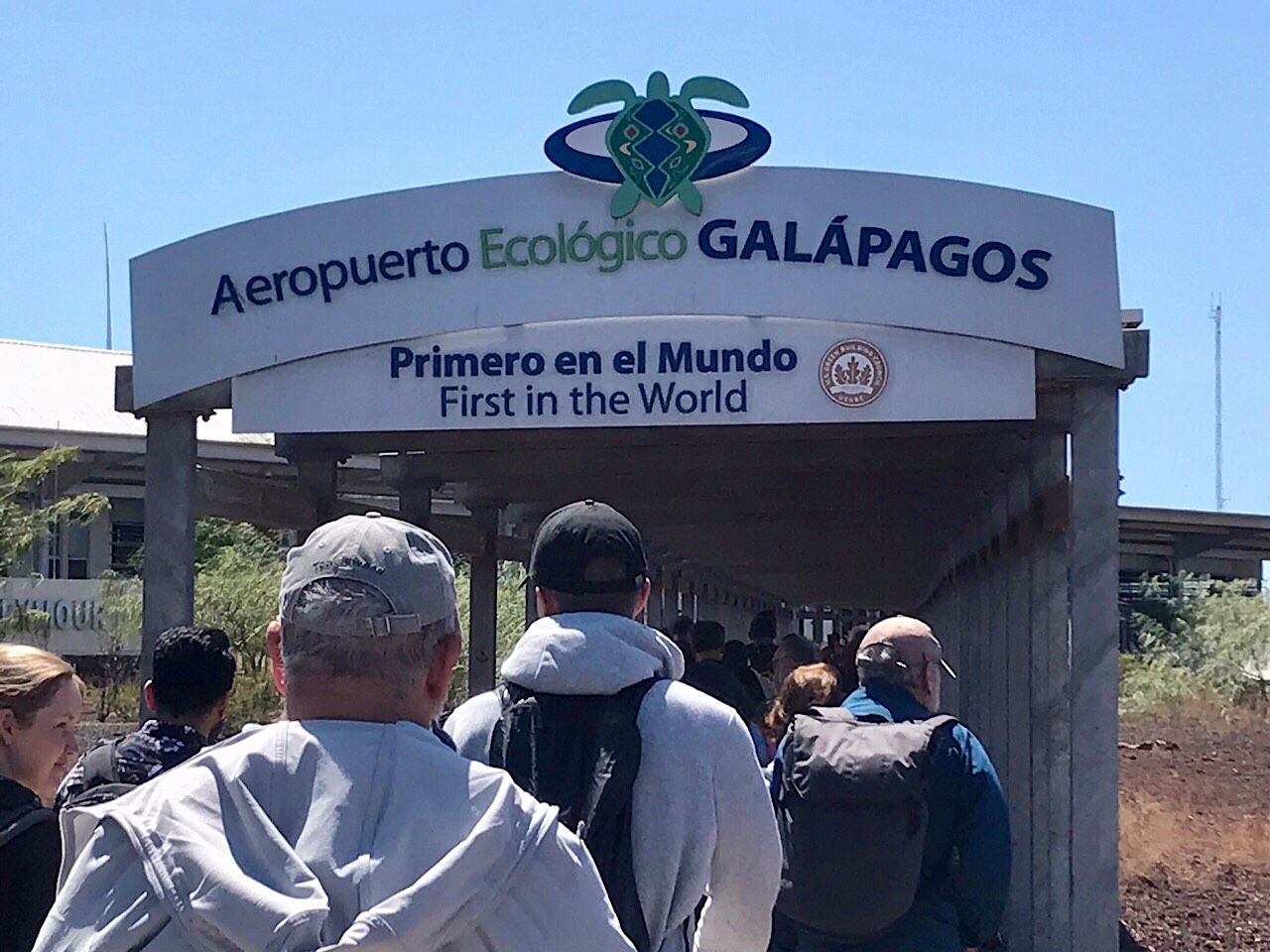
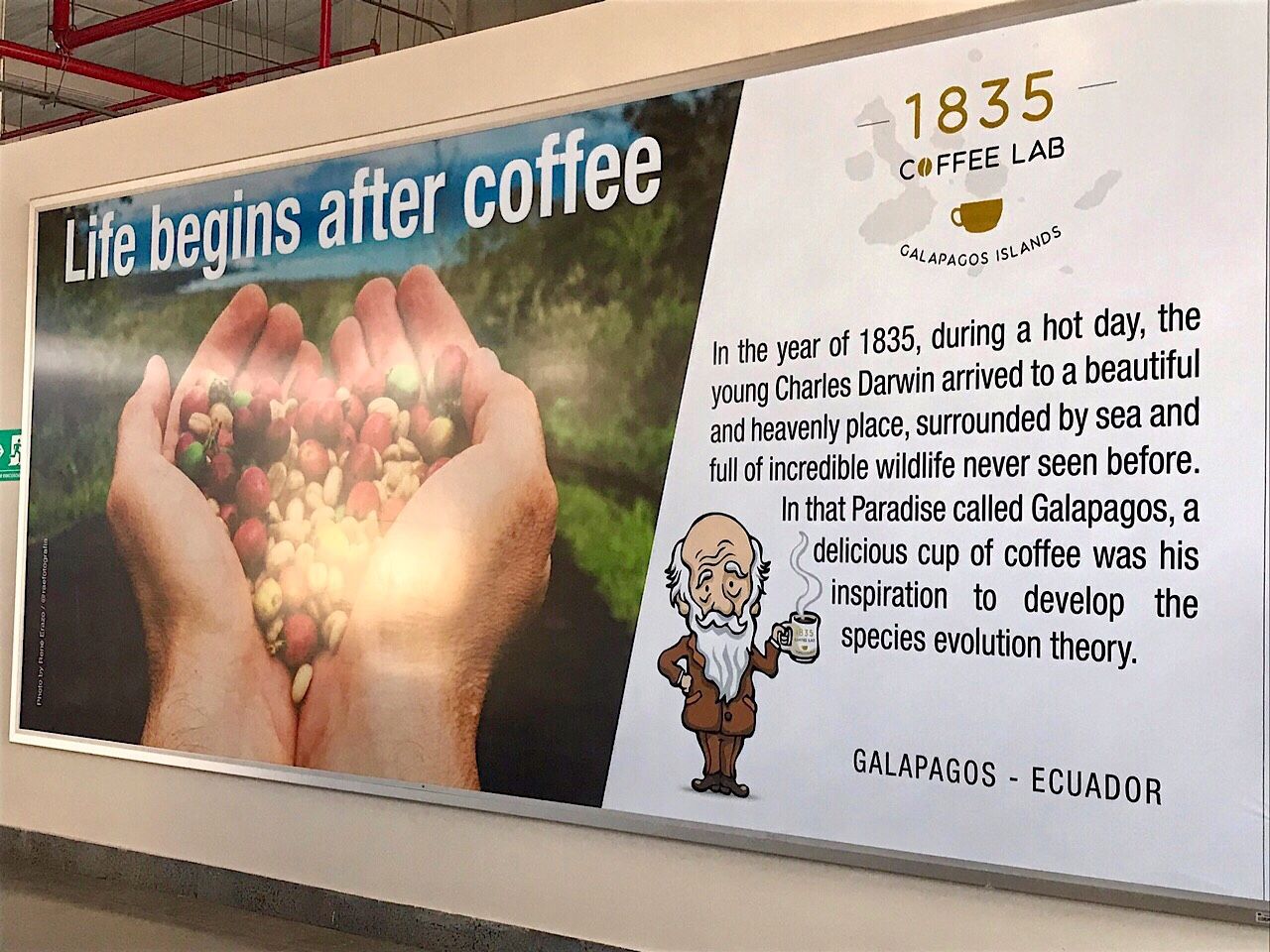
We stayed in a "casita", a large room. As with many of the places we’ve stayed, it is lovingly landscaped, very clean and spacious, and the staff is impeccable. The large, handmade key used for our entry has to be left on a key rack when leaving.
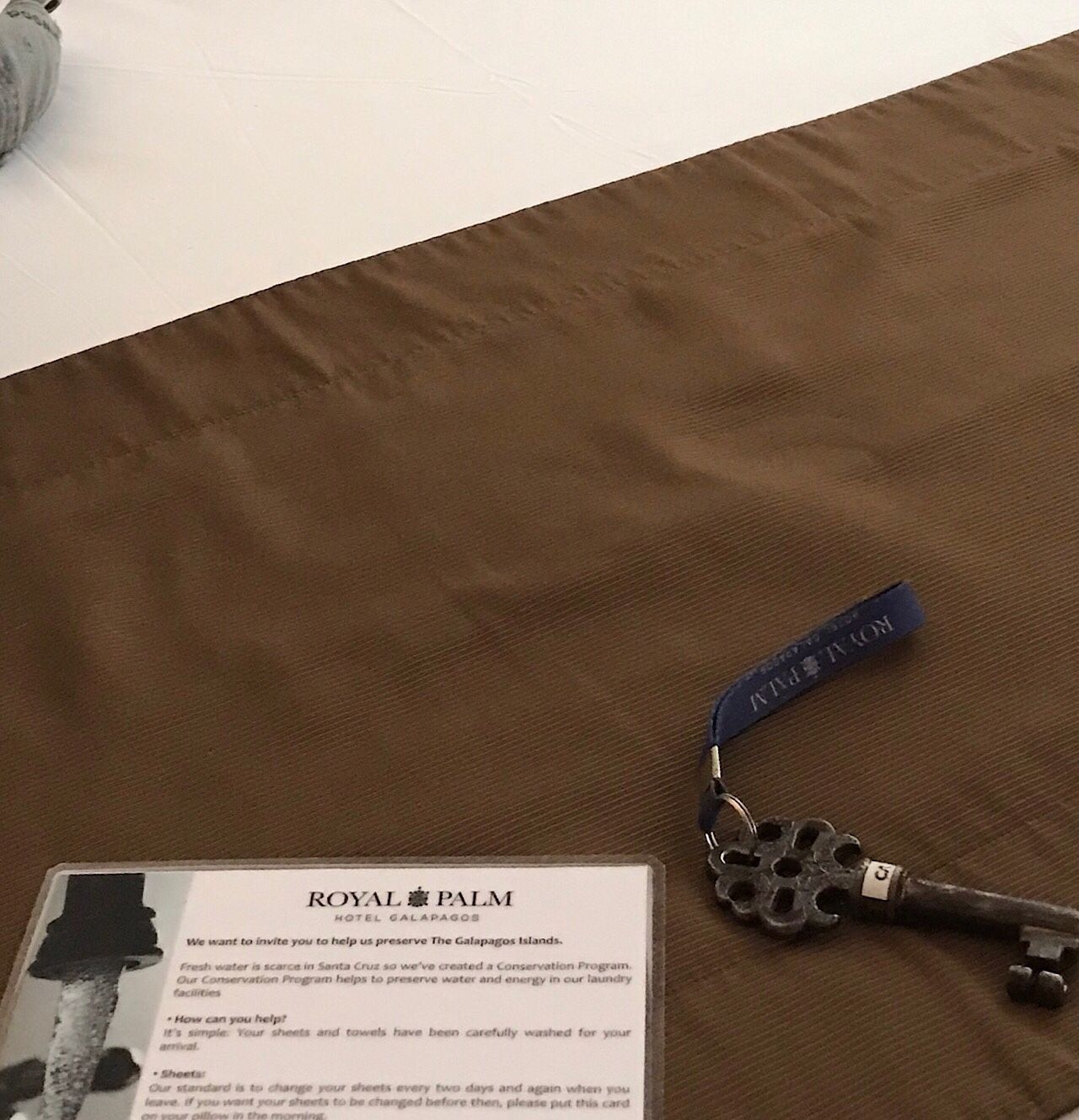
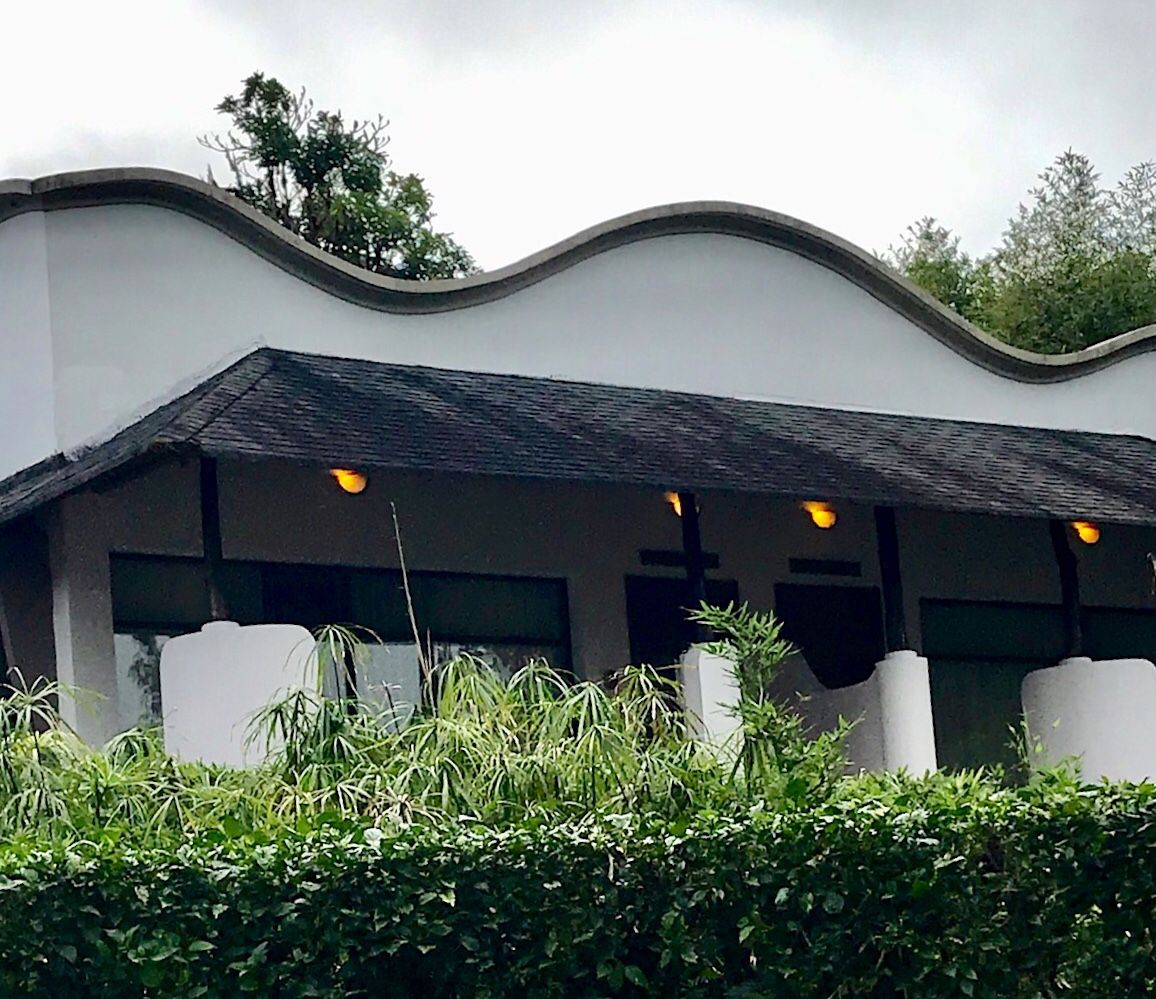
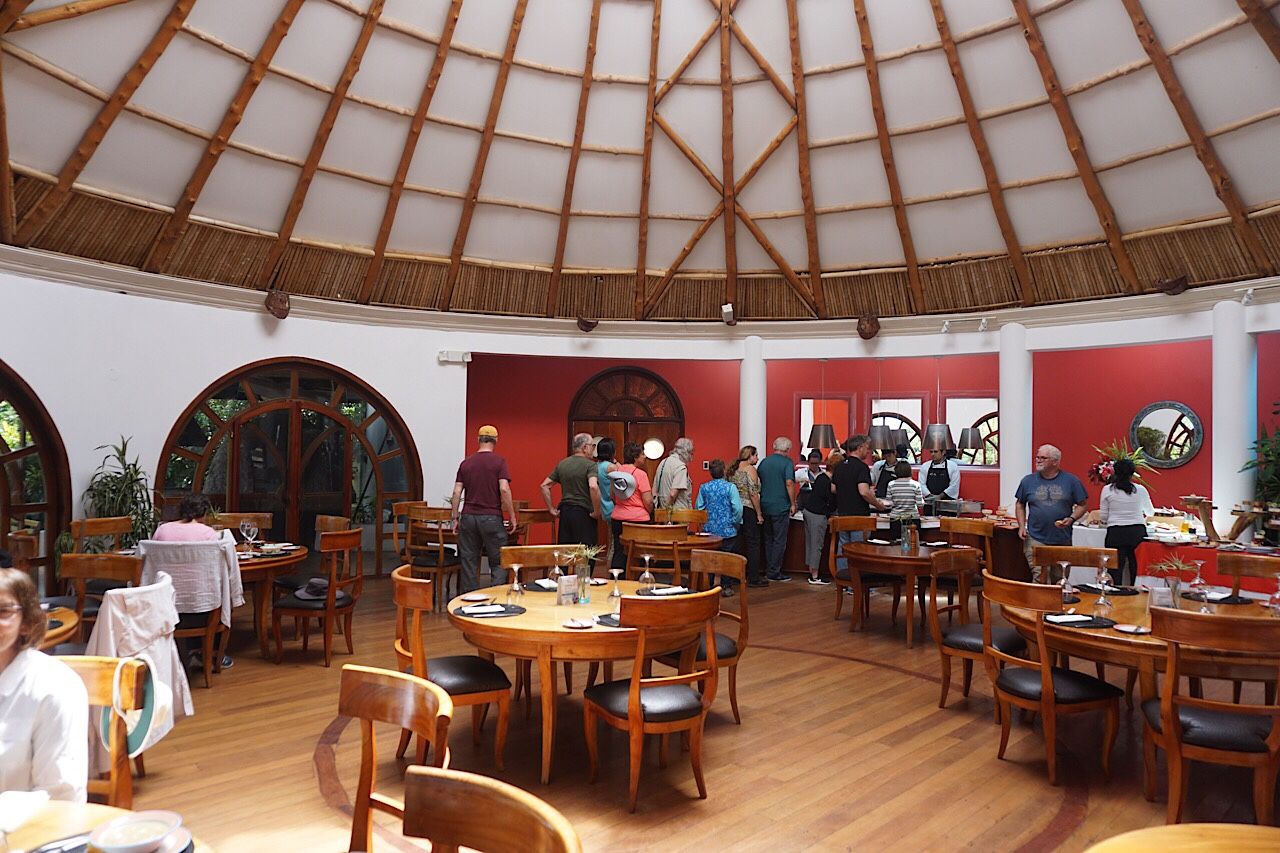
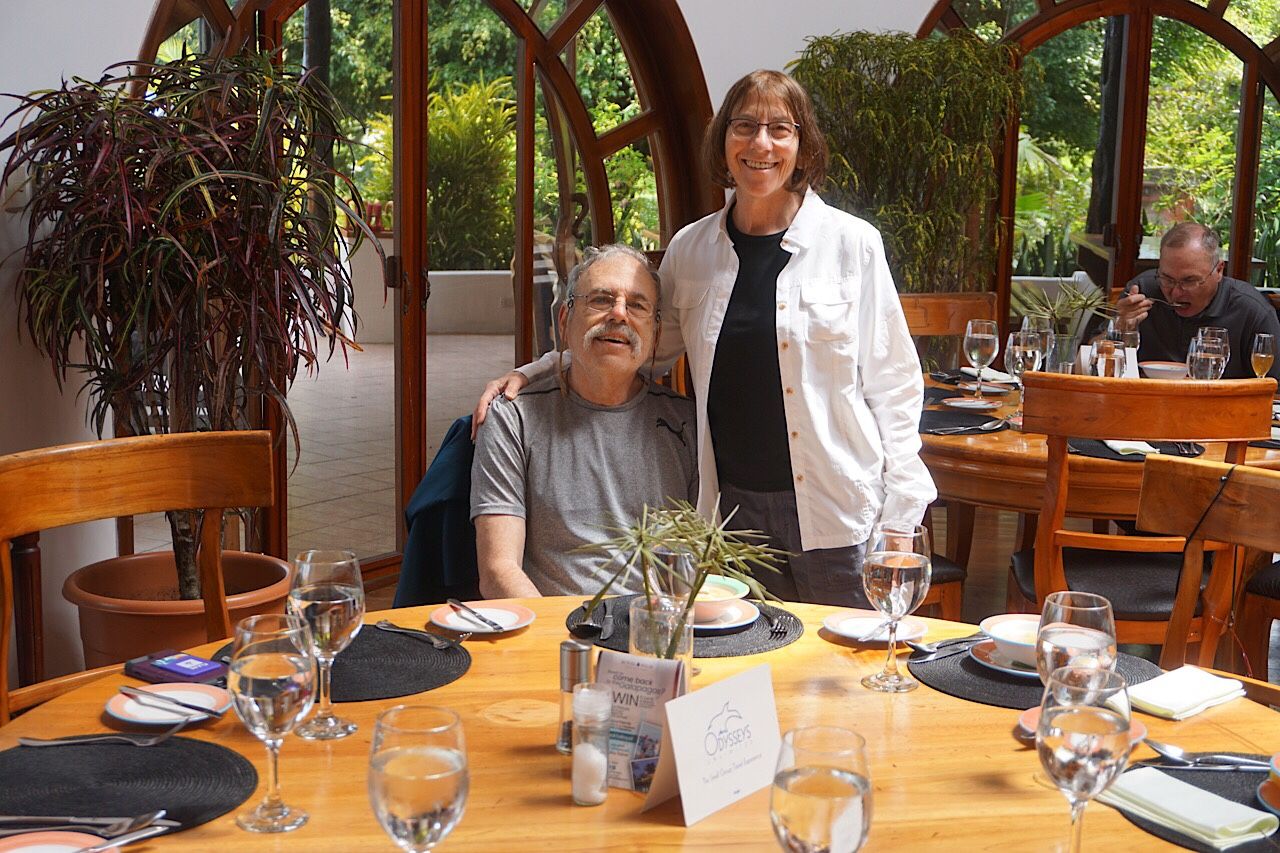
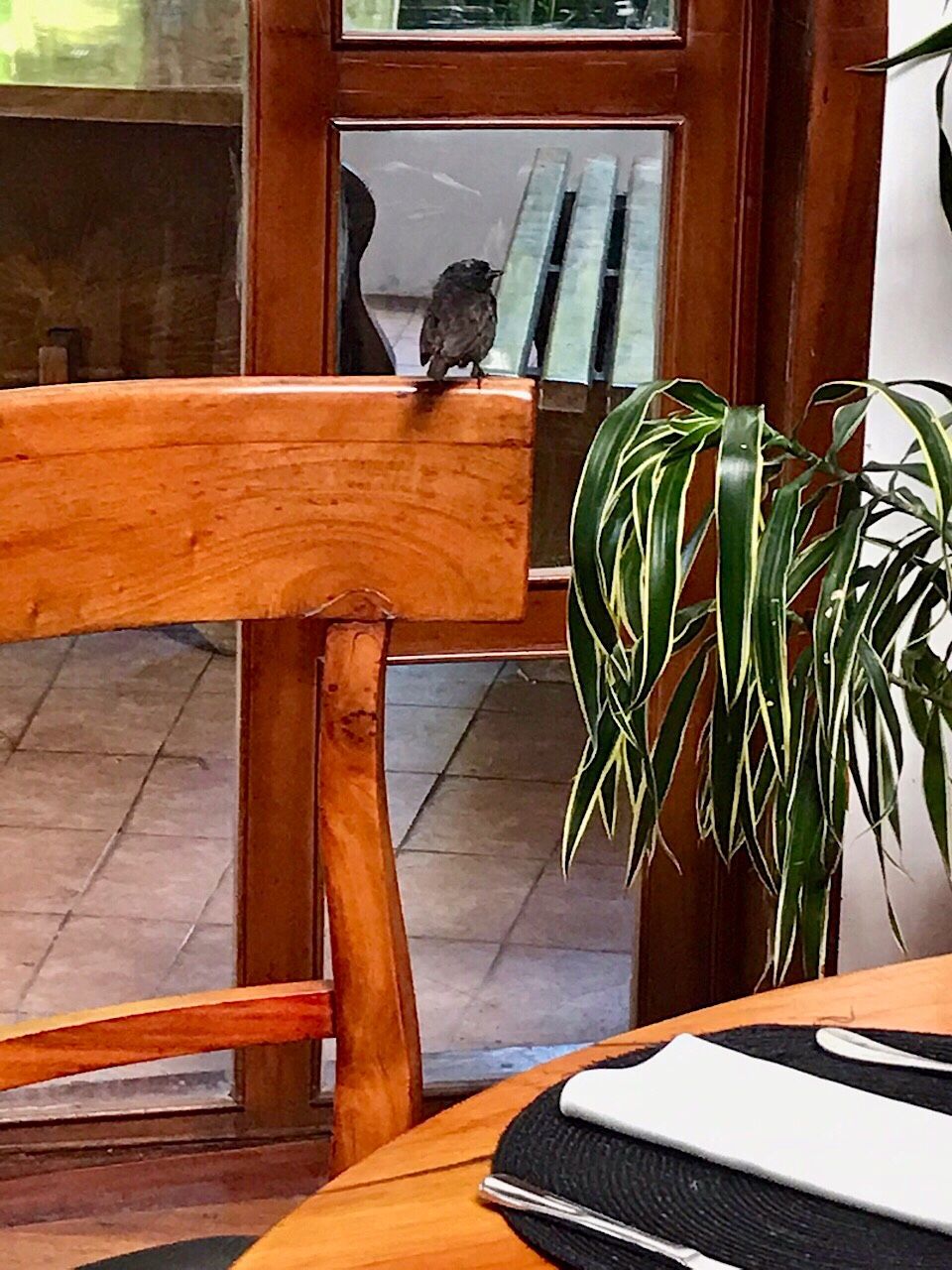
Finally, almost totally unpacked our suitcases for our four day visit here. Nice to finally find those elusive socks I was looking for! Then we got changed for our first outing, a beach called Playa El Grrapatero about 45 minutes away.
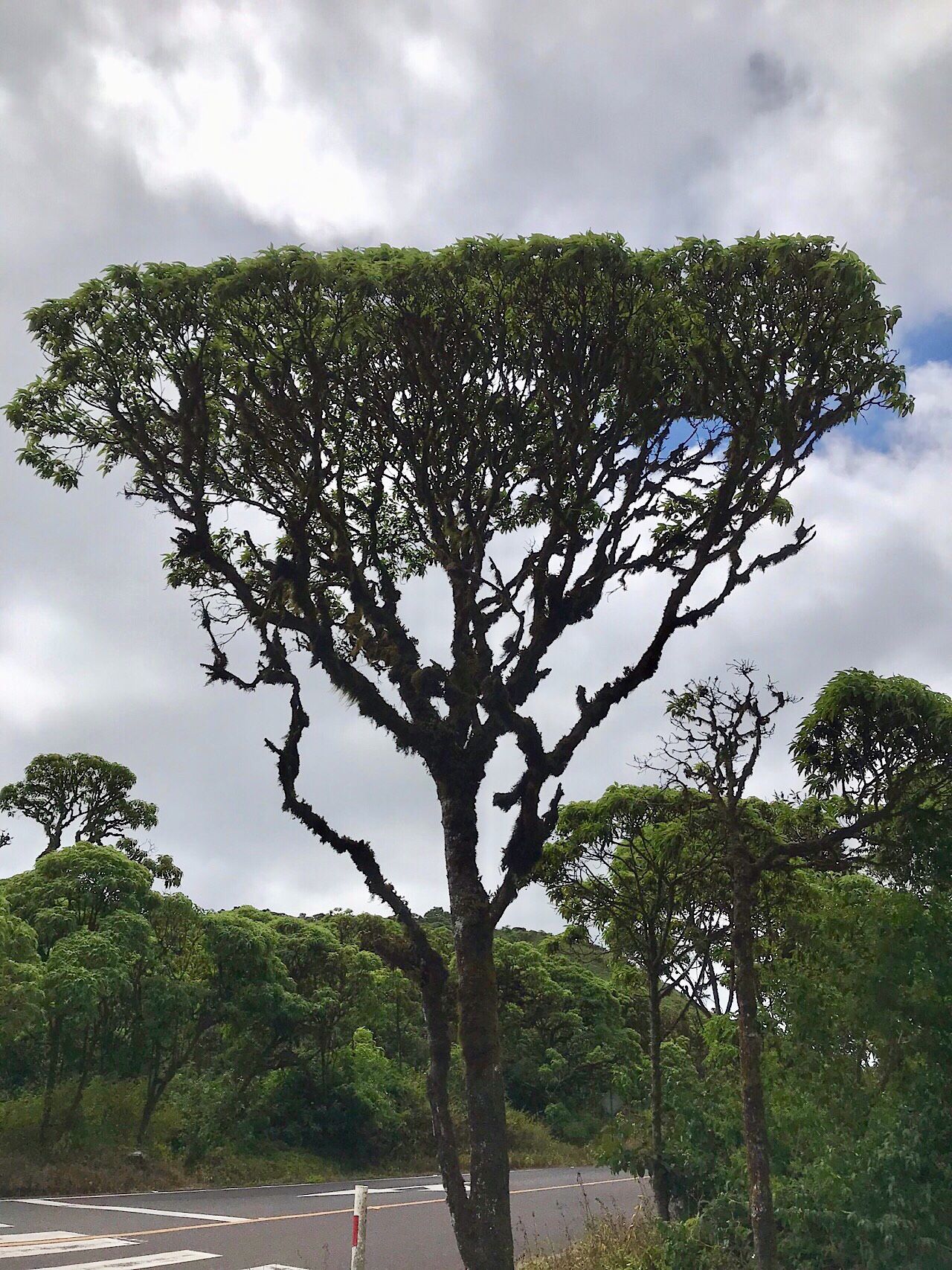



We saw many broccoli-like trees called scalesia, our first marine iguana, lava lizards, many bright orange Sally Light-foot crabs, and tons of crabs of varying sizes, black, brown, and even a blue one.

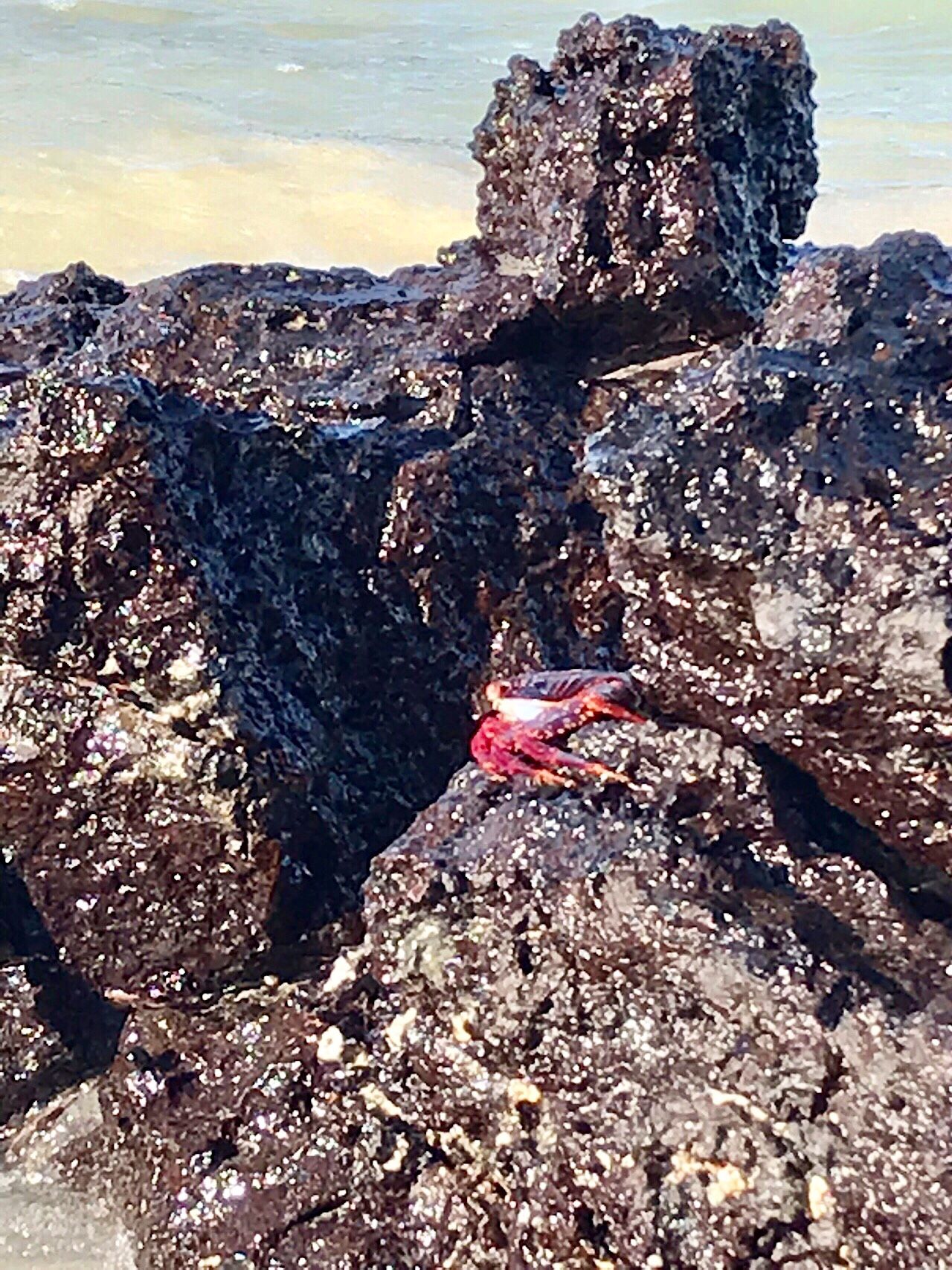
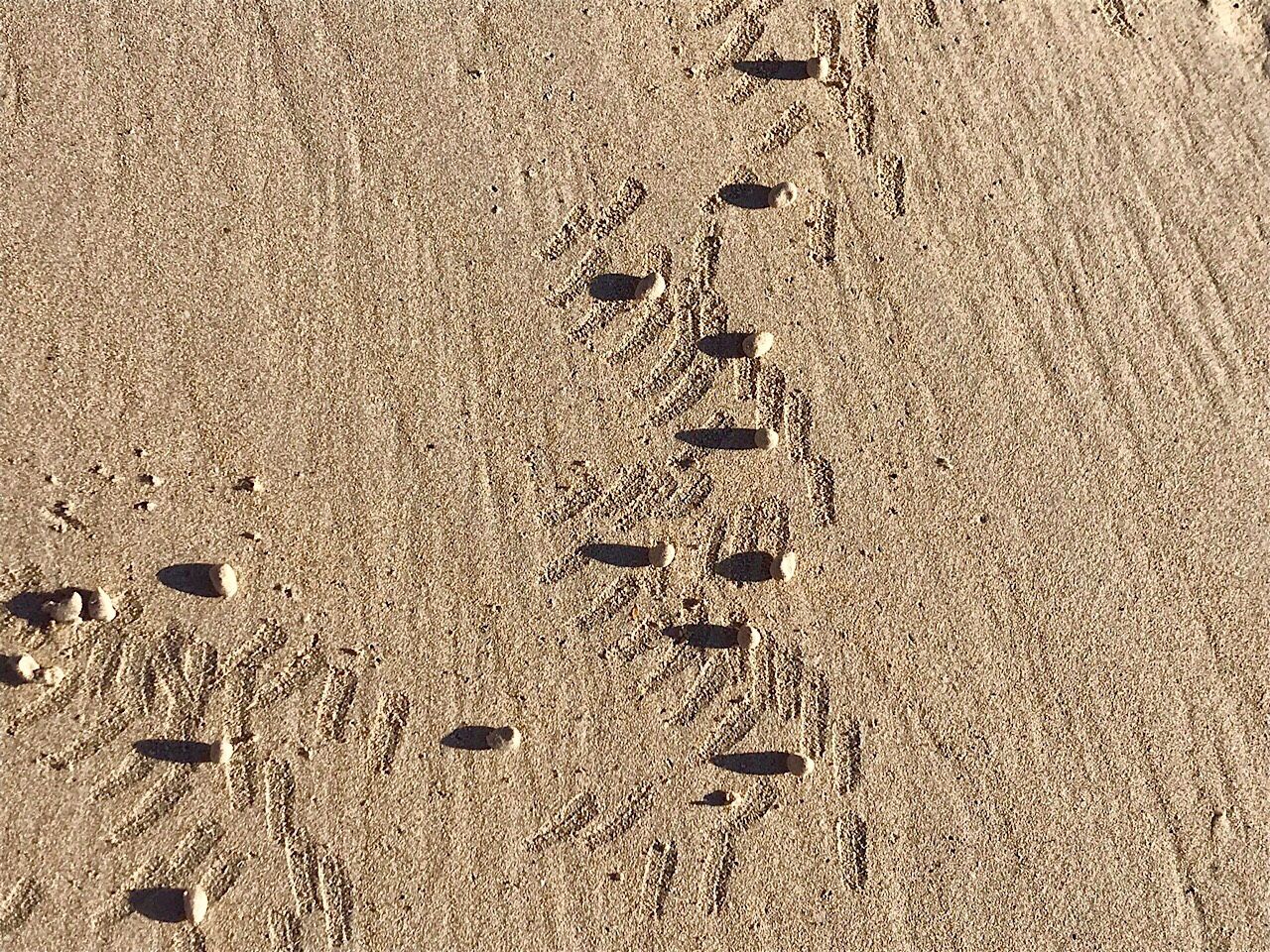
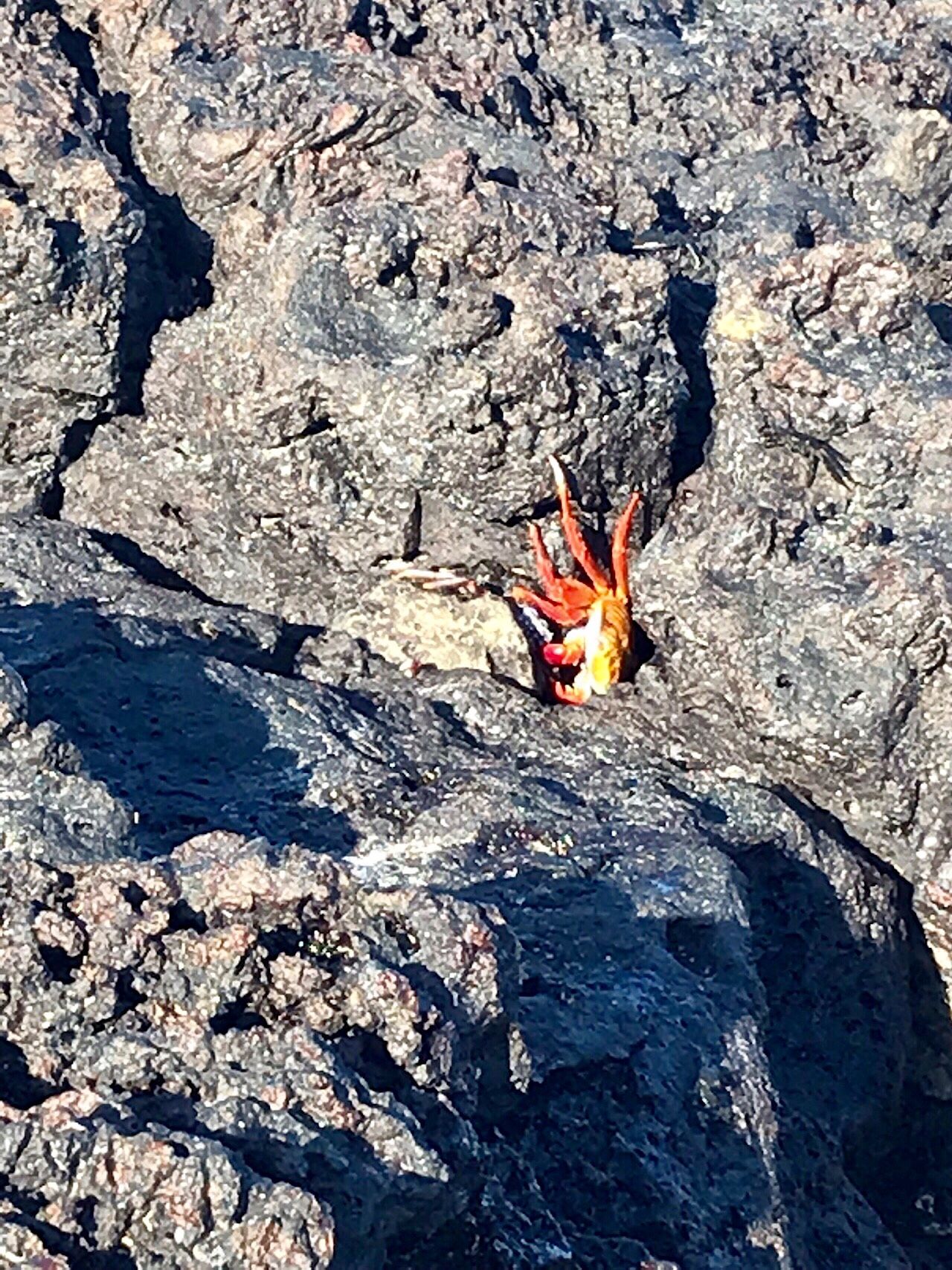

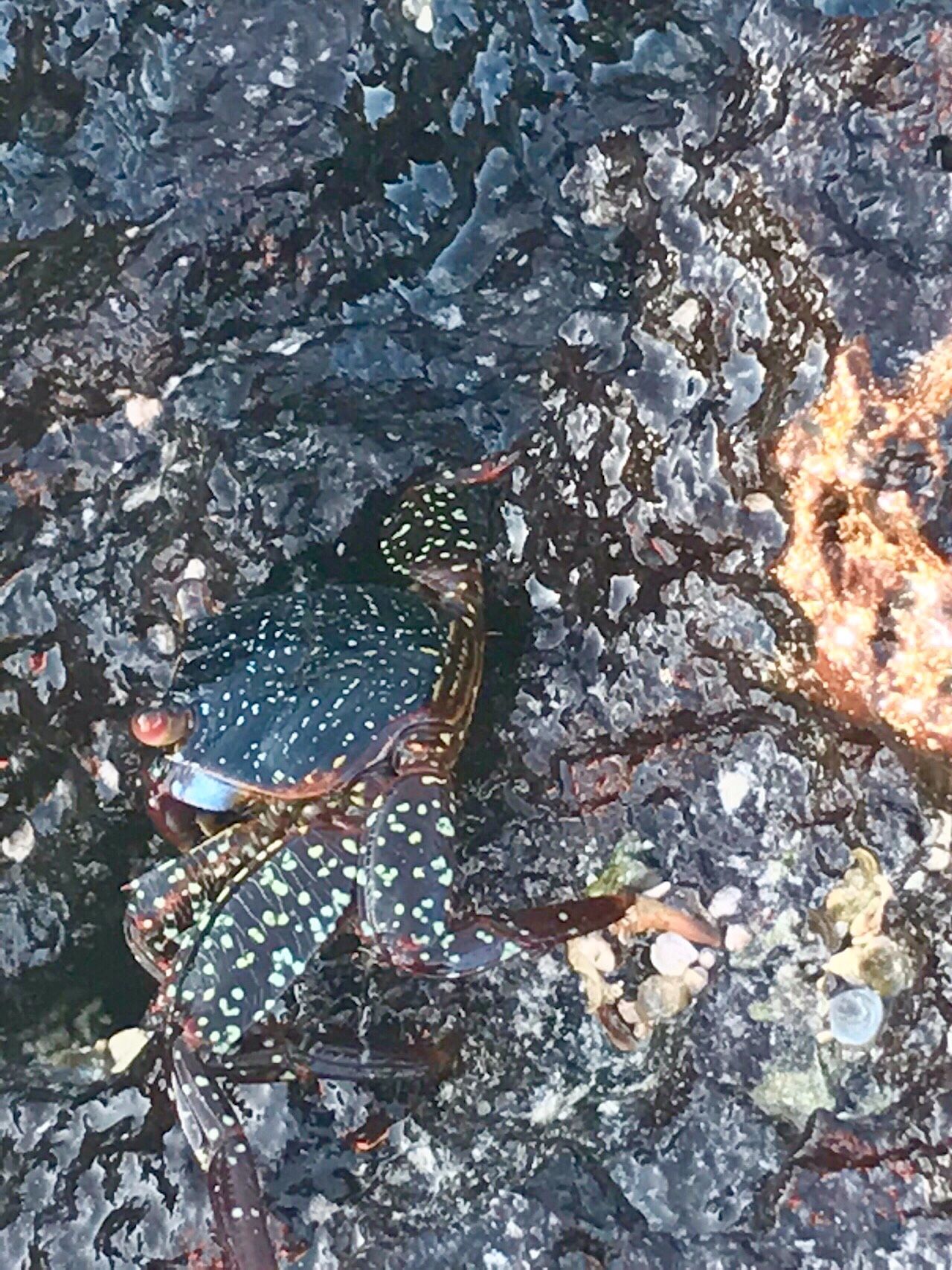
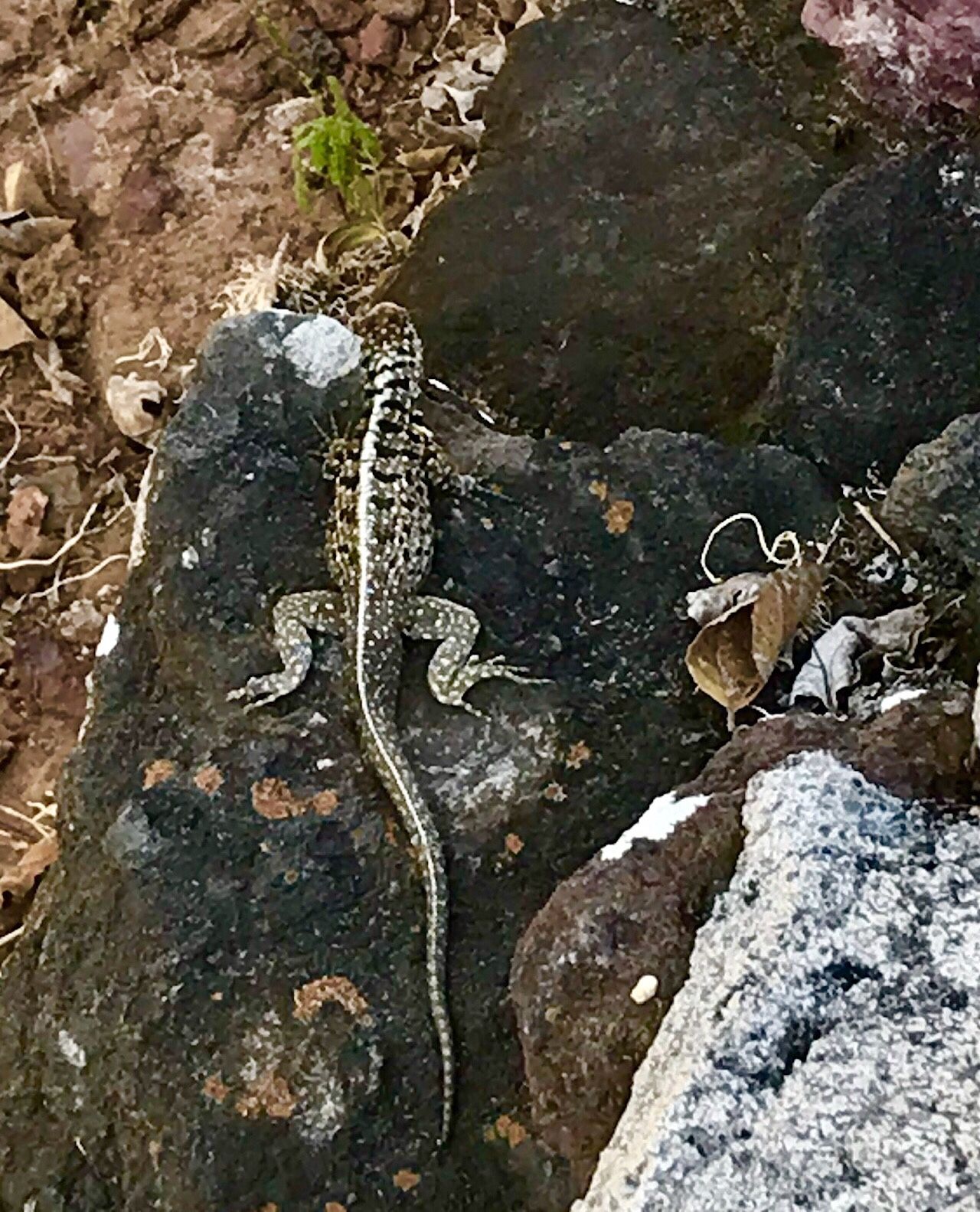
Identifying everything we see has us all scrambling for our Galapagos Wildlife books. As we learned in the following days, each island has its own unique flora and fauna. There are overlaps (like the crabs which seem to be everywhere) but even a cactus plant on one island may be of a different variety and height range than the previous one. And that has a potent effect on the kind of animals, birds, and even fish in a particular place.
Birds are plentiful, but sometimes elusive. This mockingbird and his friend were kind enough to pose for us.
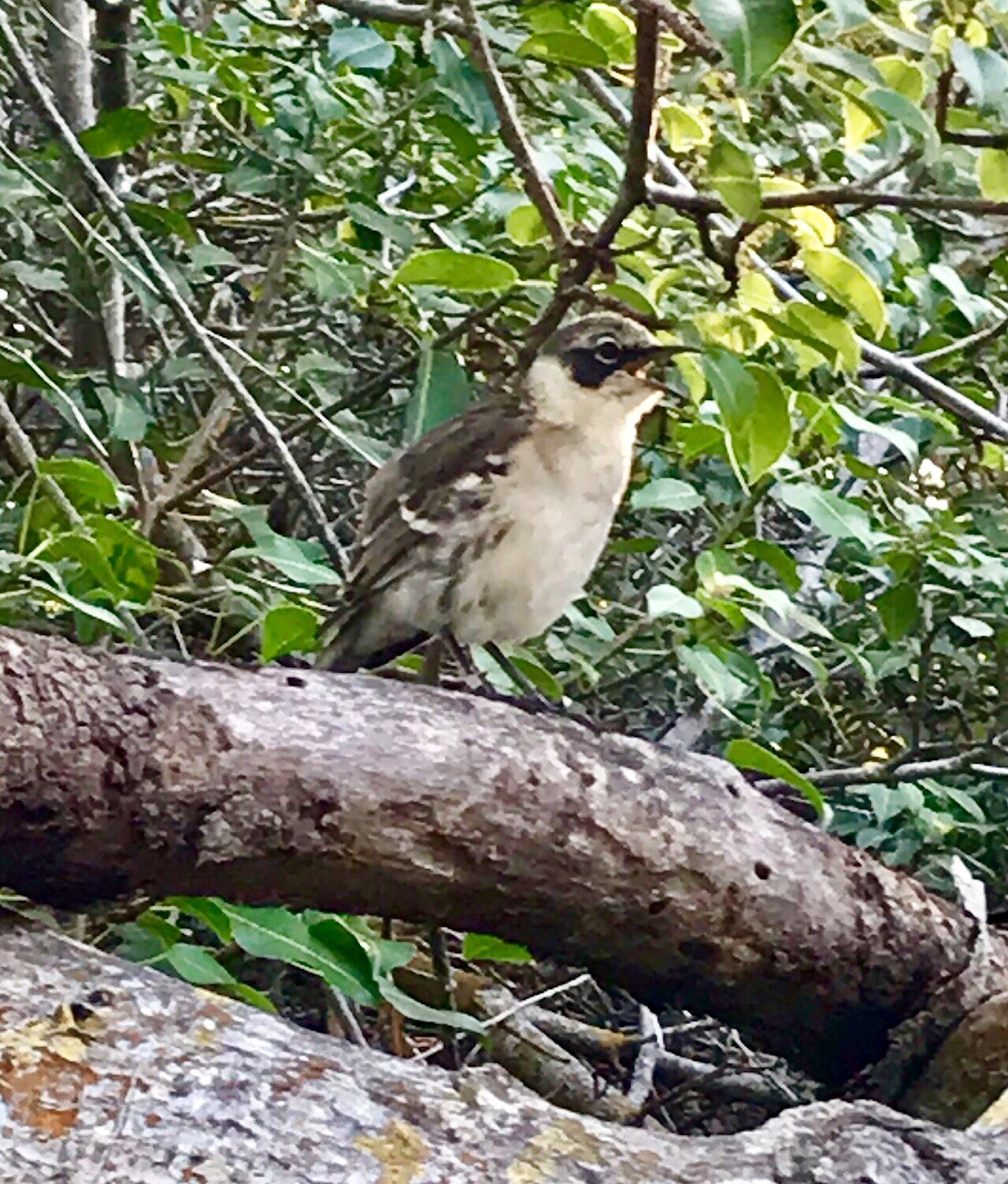

We returned to our hotel for a group recap of the day and a planning session for tomorrow just before dinner. This will get to be a pattern. Enjoyed a delicious dinner and then fell into bed looking forward to tomorrow’s boat trip to explore more of the Galapagos.

comments powered by Disqus